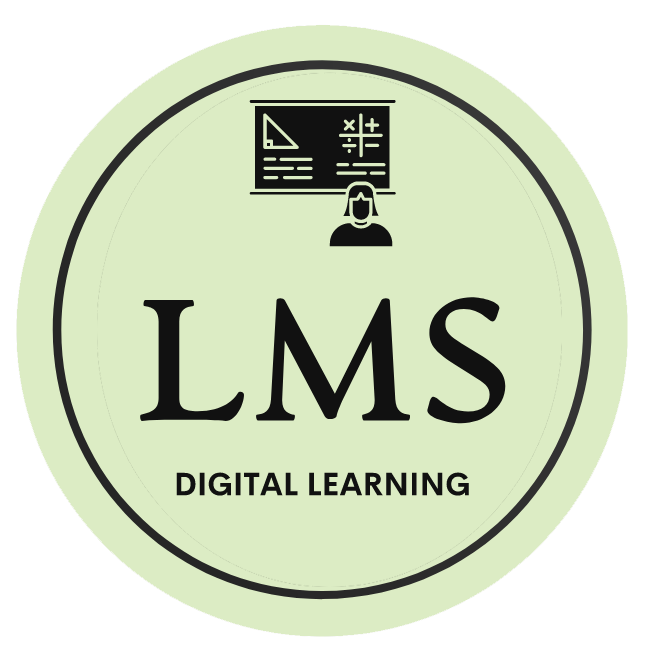Over the past two years, we’ve developed a range of AI-driven systems, including:
– AI-powered WhatsApp chatbots for customer service.
– Web-based AI knowledge repositories (replacing traditional intranet systems like SharePoint).
– Fully automated AI systems that operate independently.
Through hands-on experience—rather than just theoretical research—we’ve uncovered critical insights about AI implementation. Here’s what we’ve learned:
1. Air-Gapped Infrastructures
Data privacy and proprietary information leaks are major concerns with third-party AI APIs. We’ve witnessed cases where confidential data unintentionally surfaced in external AI models, even within supposedly closed environments. Some companies are now pursuing legal action due to these breaches.
If your organisation relies on LLM-driven systems, an air-gapped infrastructure (isolated from external APIs) is essential—unless you want your data to be widely accessible. In that case, integrating with public APIs may be preferable.
2. The Importance of Fine-Tuning (and Choosing the Right Approach)
Despite rapid advancements, LLMs are not yet Artificial General Intelligence (AGI). Before deploying an autonomous AI system, enrich its knowledge base by at least 10% beyond the base model. This can include non-sensitive data or insights from AI research tools.
The fine-tuning approach depends on your infrastructure. While effective, fine-tuning isn’t always ideal for corporate environments where systems must adapt dynamically. Companies using internal LLMs (for employee use only) should avoid rigid fine-tuning, as it hampers agility in fast-changing markets.
Another overlooked challenge? Rollout and implementation time. Large organisations with multiple locations face delays when updating AI models. Worse, each new model release (now every 3–6 months) forces a restart of the enhancement process—a resource-heavy cycle.
A modular knowledge base, decoupled from the core model, slashes deployment time by 60–70%. This allows seamless integration with newer, smarter models—keeping systems competitive until AGI arrives.
3. The Power of AI Agents
In the last five months, we’ve achieved remarkable results with AI agents—training them via both external and internal APIs to perform specialised tasks. As a developer with 21 years of experience across computing services, microservices, CRM/ERP systems, and more, I can confidently say: AI is 100 (if not 1,000) times more transformative than any past technology.
What AI agents can do is astonishing—even unsettling—for someone who builds systems monthly.
A Call to Action for Businesses
If you’re an executive, business owner, IT manager, or SMME, you must integrate AI into your workflows now. At the very least, familiarise your team with AI tools to ensure buy-in and adaptability.
Soon, major AI providers will dominate the market, charging exorbitant fees for compute power and token-based usage. Companies that fail to upskill will struggle to compete.
Every IT department—government or private—must build AI expertise. Competitors deploying AI agent clusters will gain an unbeatable edge. Delay, and you risk becoming the underdog.
Final Advice
Start an AI pilot project immediately—whether in-house or outsourced. Allocate budget in 2026 for at least two AI-dedicated roles. Trust me, this investment will pay off.
In fact, we’ve implemented AI solutions across every industry, delivering such competitive advantages that clients offer exclusivity premiums to prevent replication.
Imagine what you could achieve.
P.S. When I refer to AI, I don’t mean chatting with ChatGPT or DeepSeek. I mean autonomous AI systems that execute tasks, manage workflows, and revolutionise business ecosystems.

Leave a Reply